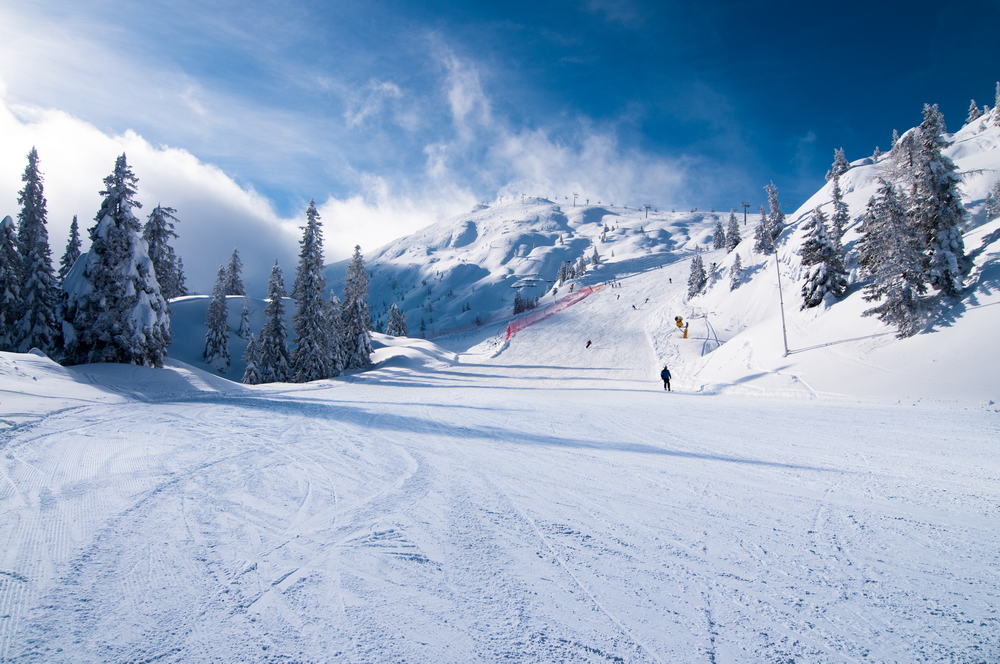One of the most well-known and enigmatic locations on earth is Stonehenge, which is also one of the most mysterious. The prehistoric site, which is in Wiltshire and is run by English Heritage, draws more than a million visitors yearly. Here are some key things to learn about Stonehenge.
Stonehenge is a vast site.
Two thousand six hundred hectares (6,500 acres) of chalk downland and agricultural fields make up the Stonehenge site. Over 10,000 square meters are enclosed by the circular wall and ditch surrounding Stonehenge.
Stonehenge is more than just a stone circle.
Over 700 documented archaeological features, including find sites, can be found in the Stonehenge portion of the World Heritage Site. These comprise more than 180 designated monuments, including henges, timber buildings, enclosures, and burial mounds. The region’s evolution is depicted on this interactive map of the Stonehenge landscape.
1978 saw a shift in the stone circle’s daily access.
The choice was to safeguard the priceless stones and archaeology. An earlier plan to cover the area with gravel was unattractive and damaged the stones. The area under and around the monument is now meticulously maintained. But you can still go inside since you may reserve Stonehenge tickets online.
Twenty-five tons is the typical weight of a sarsen at Stonehenge.
Heel Stone, the largest stone, weighs roughly 30 tons. Sarsen stone replicas can be found in the outdoor gallery beyond the visitor center to help guests visualize how big the Stonehenge stones are. It is an authentic replica of one of the famous trilithons from Stonehenge’s inner horseshoe, which stands alone.
No genuine sarsen stones of the size used at Stonehenge are still in existence, and most natural sarsen spreads are now under the law’s protection.
Stonehenge has uncovered over 1,500 Roman artifacts.
Some items discovered were coins, pins, jewelry, and ceramic shards. Roman tourists didn’t merely leave these items there. It’s believed that people using Stonehenge as a shrine left them there. Large trenches were also dug inside the monument during this time.
Stonehenge has been repaired before
In 1797 a full trilithon collapsed, and in 1900 the upright sarsen of the outer circle collapsed along with its lintel. Stone 56 was straightened in 1901 after a new assessment of the stones revealed that it was leaning at a dangerous angle. This was the first of several repairs to the monument, including the re-erection of the entire fallen trilithon in 1958.
Stonehenge was purchased during an auction in 1915.
Local businessman Cecil Chubb, who attended the auction to buy some dining chairs, paid £6,600 for Stonehenge. Three years later, Chubb presented the memorial to the country for maintenance by the then-Ministry of Works.
1919 through 1929 saw several significant excavations and restorations, while 1958 through 1964 saw another considerable effort. The terrain surrounding Stonehenge has been reconstructed as a result of years of intensive work, giving the impression that this is how it once stood.
Final words
You can discover more by visiting Stonehenge.



